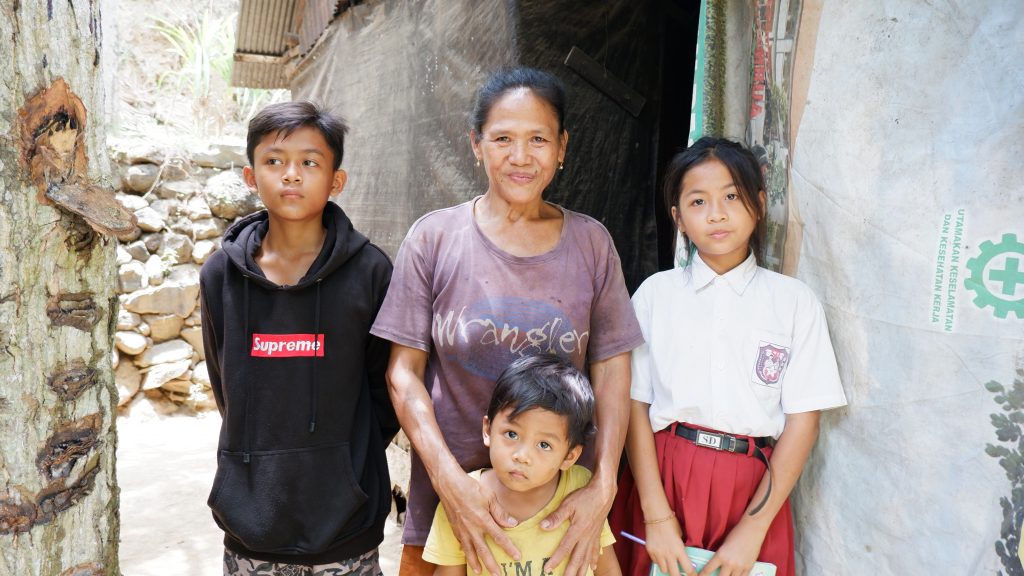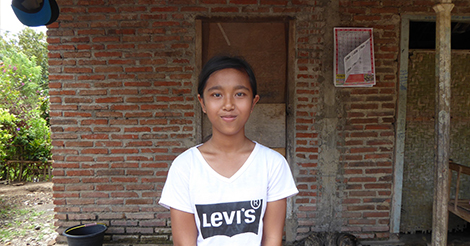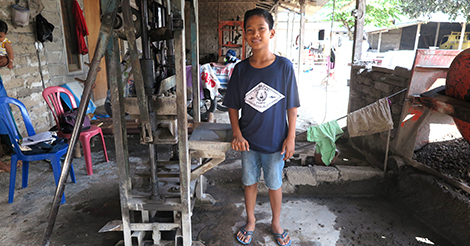About Bali
Bali is an incredible ‘Island of the Gods’, with a rich heritage, high tourism and opportunities for children.



Bali History and Culture
Bali, often considered the gem of Indonesia, is one of the more than 17,000 islands that make up the Indonesian archipelago.
A tropical paradise of great natural beauty frequently called the Island of the Gods, it is also home to a rich and colorful culture centered on a unique religious tradition.
This tradition, Balinese Hinduism, draws its inspiration from a blend of Hindu and Buddhist beliefs overlaying an ancient animism combining the forces of nature with veneration of ancestors.
It is the public expression of these religious practices – temple processions, offerings, music and dance – that has helped draw visitors to the island. Today Bali has become one of the world’s leading tourist destinations.
Residing in an ancient culture based on communal living and cooperation and a rice growing culture.
At its core, this is a culture where people take care of each other, whether in times of joy or in times of sorrow or danger. The Balinese live in harmony with nature and with each other as best they can.attracting millions of visitors each year.
Individual, striving to get ahead, is not part of the ethic of Bali, and so the grand ceremonies that are such a delight to see are an expression of communal cooperation as well as a way to honor the gods and assure their protection over the Island and its people.




A Way of Life
The overriding feature about Bali is the total integration between religion and everyday life. While it is wonderful to see the dances and the arts, the
handicrafts and the ceremonial processions, it’s necessary to understand that all is integrated with the spiritual, which permeates all of life.
The charming offerings on the dashboards of cars, the flowers in the hair of men and women, and the offerings by all the shops are more than something for decoration. They are all symbols of belief in one of the world’s most unique religions, and one which is a living expression of people’s beliefs and lives.
In a conscious effort to safeguard their traditional culture, the Balinese (who are out-numbered annually by visitors) concentrate tourism in enclaves of lavish resort hotels situated amid manicured lawns, leaving much of the island remote and unspoiled.
The Other Side
For the tourist, Bali is rich in wonders to see, and limitless as to beauty and the glory of nature. From the rice terraces of Tabanan to the beaches to the Temples to the art galleries of Ubud, the visitor will never want to leave.
There are outer islands from which to scuba and snorkel and relax, mountains to climb, and dance and puppet (Wayang Kulit) performances to see. There are tours of the “Real Bali” and visits to the popular Bali. There are restaurants with the finest food and warungs full of rich flavor of local fare.
The only choice is how to spend your time. Boredom is never an option. Neither is lack of luxury and pampering, with spas offering baths in lotus leaves and every type of massage from the traditional Balinese healing massage to the full day of spa treatments.
There is another side to Bali.
When the curtain is drawn back, for much of Bali’s rural population, life is very different from the emotive images portrayed in bright tourist brochures.
Here, in stark contrast, there are no sparkling coral beaches, only hour upon hour of back-breaking toil in the oozing mud of the rice terraces, interspersed regularly with colorful, complex rituals overseen by priests to ensure the gods look favorably on the people and the endless cycle of labor.
These rituals, and the offerings which always accompany them, take hours of labor, mostly on the part of the women. Even in heavily visited areas, there remain many families who see little of the economic bene-fits tourism supposedly brings.



Who We Serve
Bali has its rich and its poor and its visible and invisible sides. Going off recent government reports, 1 in 5 (or 20%) of children will fail to graduate from high school. In some areas, it is even higher.
Poverty is common and widespread, particularly in remote communities beyond the reach of tourists.
The children that Bali Children’s Project serve come from environments of hardship, far removed from the experience of most tourists.
While the tourist Bali is full of show and luxury, the side that Bali Children’s Project serves is not as privileged. We assist the poor who live out of sight in the villages, or in the pockets within the popular spots that the tourists miss.
The children we help come from many parts of Bali, ranging from Pemuteran in the far north west, Singaraja in the north and communities in Karangasem in the east, with many from around Ubud in southern Bali and Munduk in the high mountains.
Day by day we help transform children’s lives and gradually make dreams come true. We only wish we could do more, for the need remains beyond imagination. We hope that you will take an interest, if you come to Bali, to visit these areas too, and help to support the wonderful Balinese families who live there.
